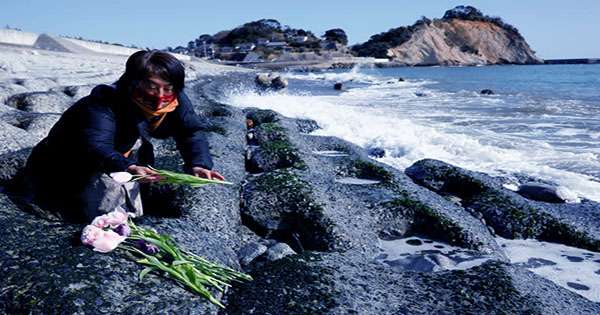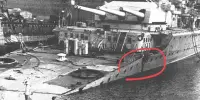Today marks the tenth anniversary of the Fukushima Daiichi nuclear disaster, the deadliest nuclear event since the 1986 Chernobyl disaster.
After the 9.0 magnitude earthquake and subsequent tsunami, the Fukushima Daiichi nuclear power plant severely damaged, emitting radioactive smoke into the sky and surrounding areas. The tree still leaks. Because of the pollution, 100,000 people evacuated from their homes and the death toll from the disaster was 2,313. If this number had been a few hundred more, it would not have been the hundreds of firefighter; contractor is military personnel who rushed to the scene to restore the cooling of the furnace.
The Fukushima Daiichi nuclear power plant is a large complex of six reactor units that are part of a larger plant with many more reactors. Launched in 1971, the plant was one of the 15 largest nuclear power plants in the world, generating 4.69 GW of electricity from six boiling water reactors. Despite its size, the Fukushima plant thought to have a significant risk of failure. Built on the east coast of Japan, the reactors sat in very seismically active areas and earthquakes are frequent in this region.
Furthermore, the media claimed that the TAPCO, which operated the reactors, had previously warned that protecting the plant was not enough to protect the sea water from a massive tsunami – but these warnings were ignored. The Great East Japan Earthquake struck on March 11, 2011. A magnitude 9.0 earthquake has shaken the world, killing at least 19,500 people and damaging homes and infrastructure worth between $198 billion and $309 billion since 1980.
It now considered the most expensive natural disaster on record. The Fukushima plant well implemented, but was not ready for what would happen. The quake followed by a massive 15-meter (49.2-foot) tsunami off the east coast of Japan. Huge waves cut through the seawater at the Fukushima Daiichi nuclear power plant and disrupted the power supply (and therefore reactor cooling) of the three reactor cores, causing the reactors to crash. Within a day, all three cores entered the meltdown.
As radiation reduced by the reactions, more than 100,000 people forced out of their homes within a 12-mile (20-kilometer) radius. A growing area around the tree remains, with only a select few left – including Sakae Kato, who continues to preserve the pets left behind and vows never to leave. Like the previous disaster, Fukushima has left a complete legacy of the dangers of ignorance when dealing with nuclear power. In 2012, TEPCO finally admitted to failing to deal with their potential risks while operating the plant.














